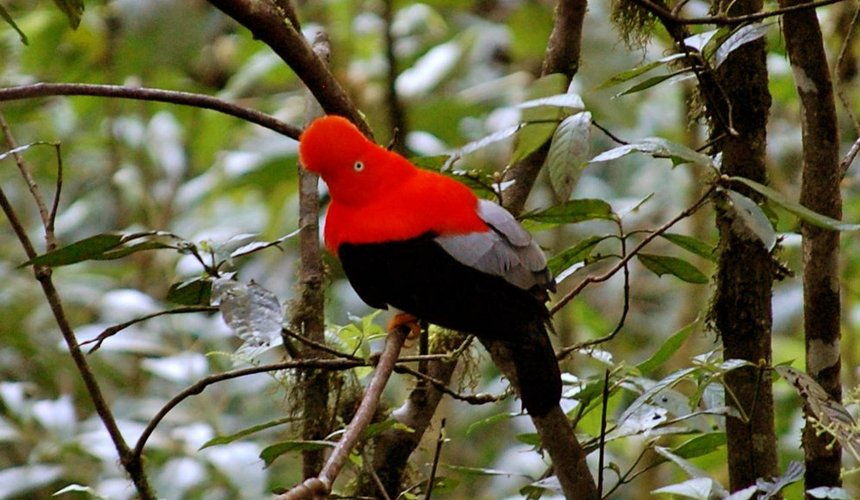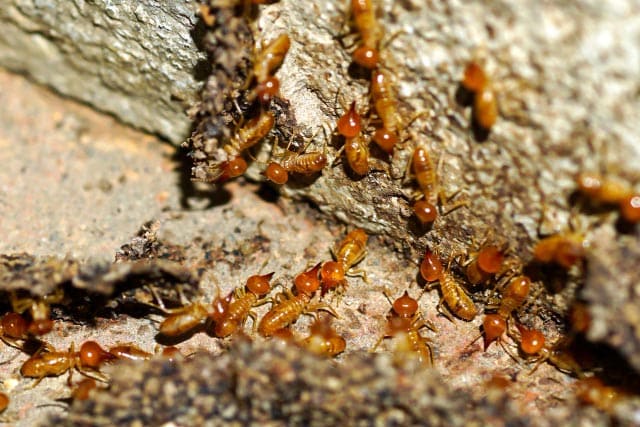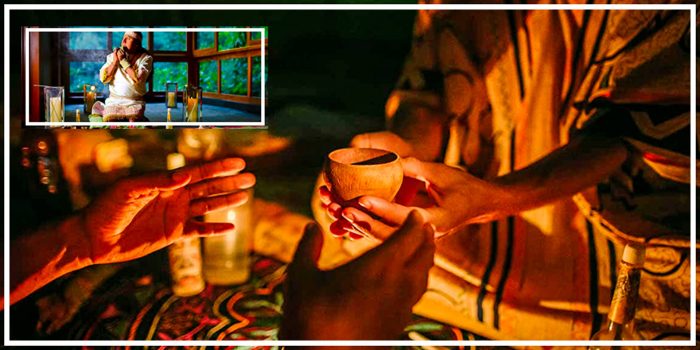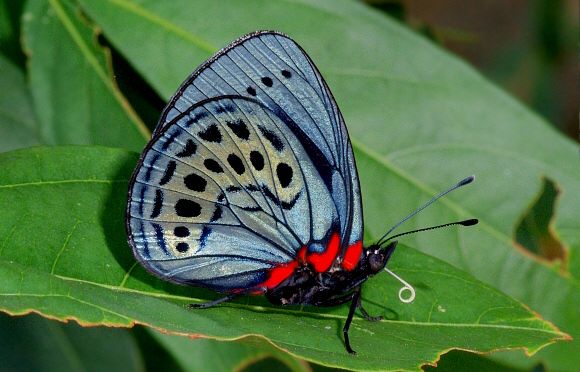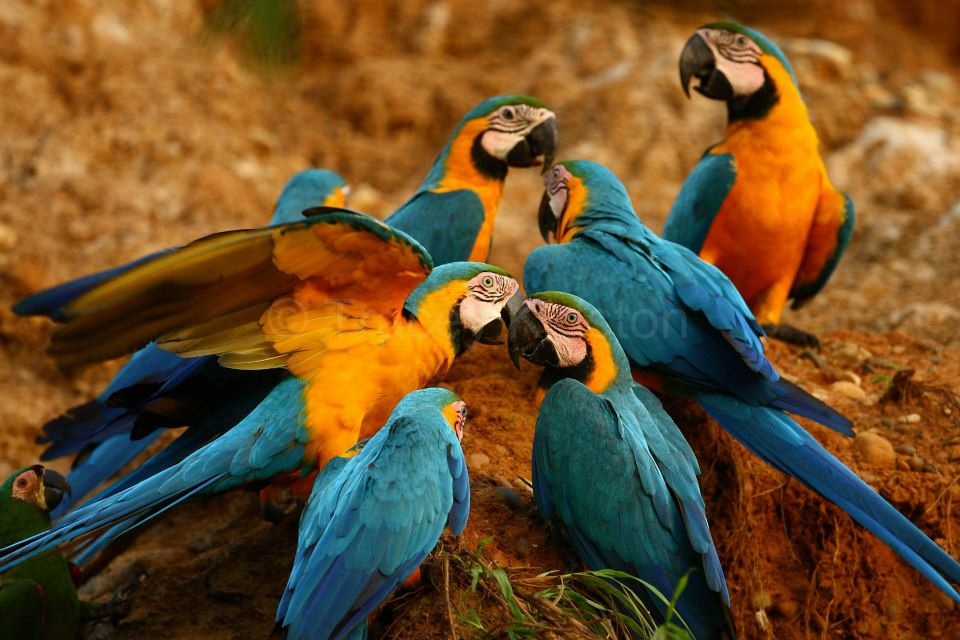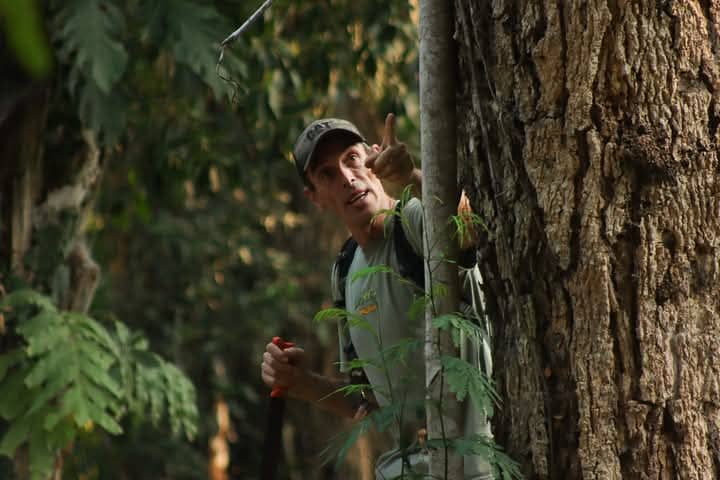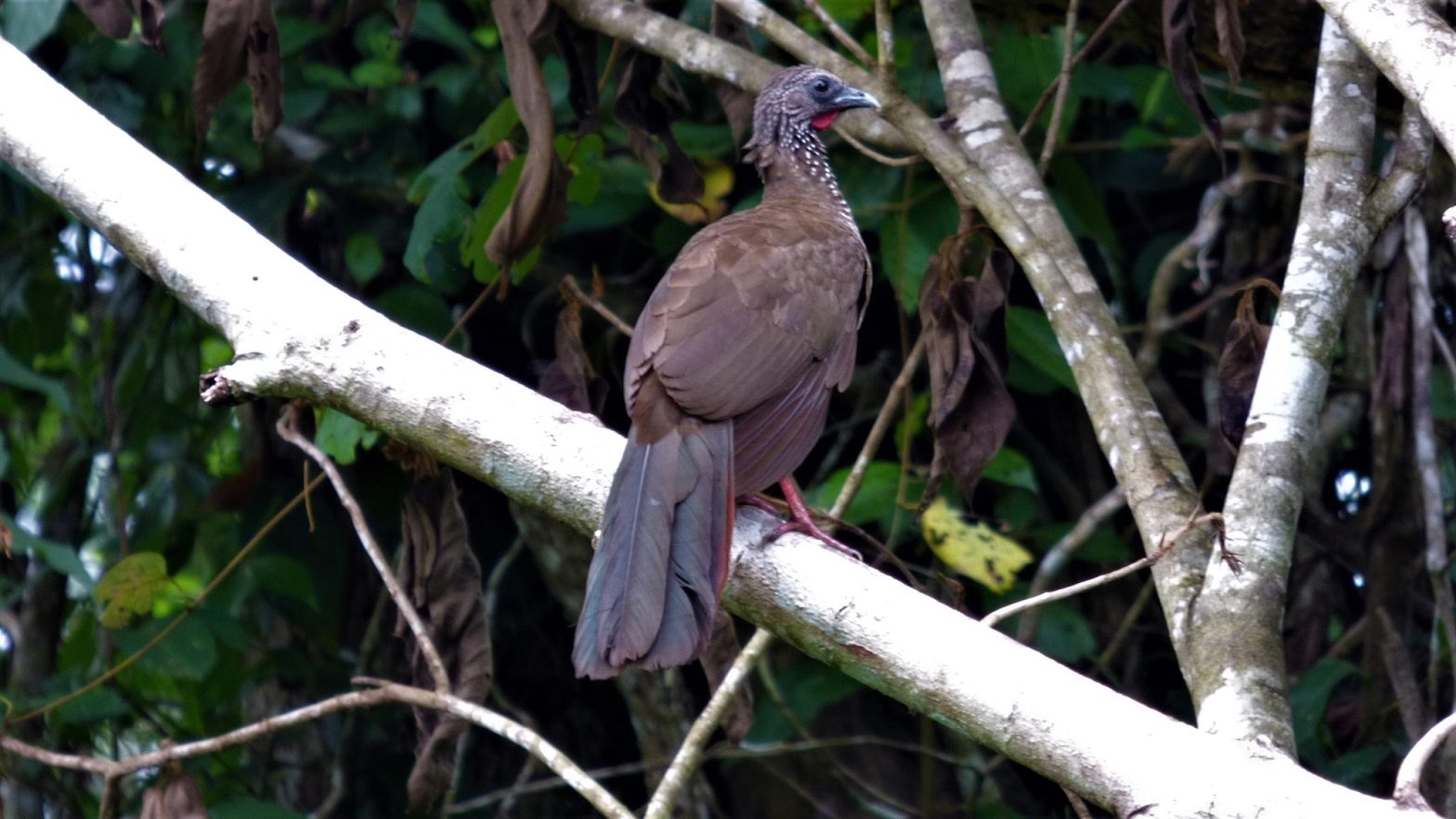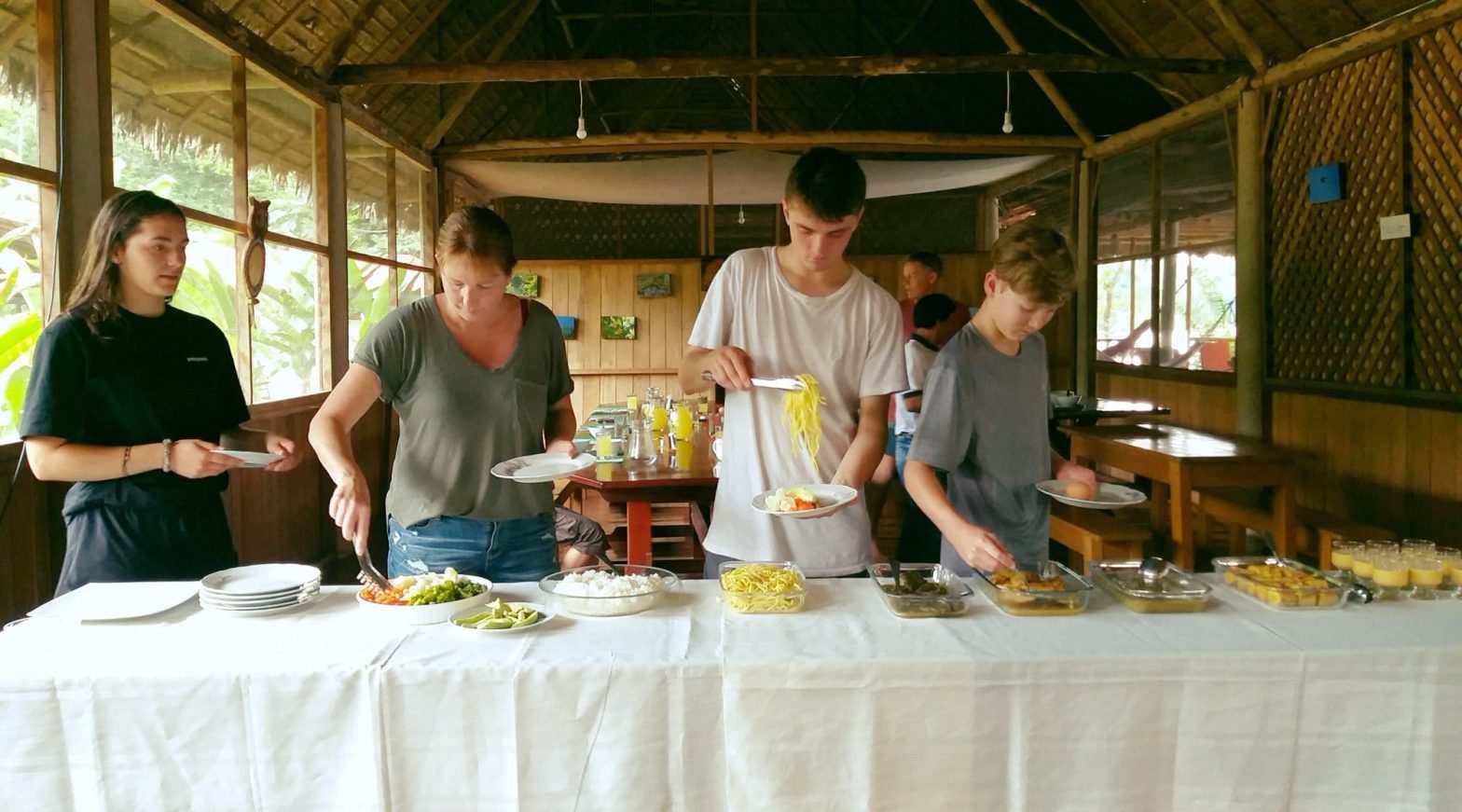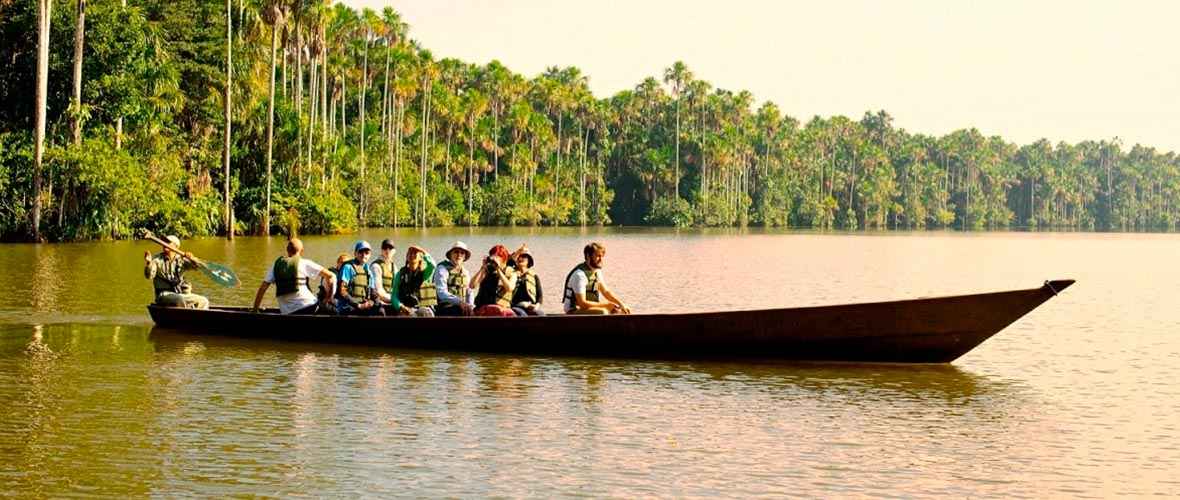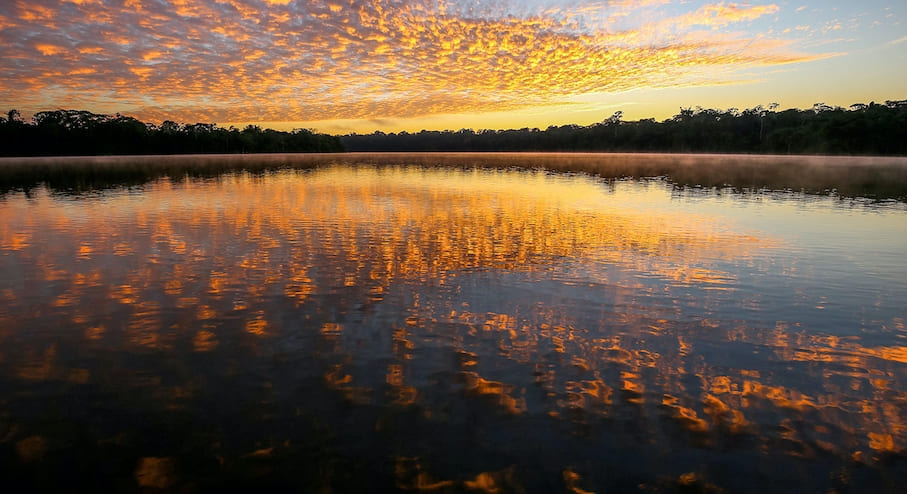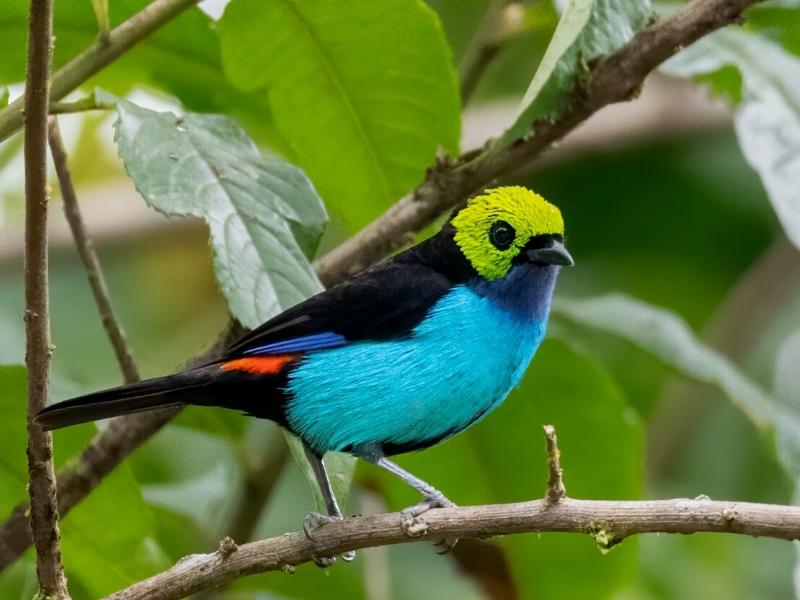AMAZON WILDLIFE NATURE
Amazon .The Amazon River is the second longest river in the world Amazon Wildlife nature . This river is more than 4,000 miles long. The Amazon Rain Forest has two seasons, the rainy season and the dry season. In the dry season, the Amazon River can be up to 7 miles wide. During the rainy season, the river bank fl oods and gets wider. In the rainy season, the river can be up to 25 miles wide. Many animals live in the river. Some
of the animals in the river are piranhas, dwarf caimans, turtles and anacondas. in the amazon manu jungle
PIRANHA – AMAZON WILDLIFE NATURE
The piranha is a small fi sh with very large teeth. Piranhas can be grey, blue or even black. Piranhas can be anywhere from 6 inches up to 12 inches long. Most piranhas live in warm, fresh water. Piranhas are omnivores. That means they eat both plants and animals. They also eat fruits and berries that fall from the trees above. Piranhas hunt in large groups called shoals, or packs. Other piranhas, caimans, snakes, turtles and birds all eat piranhas in the amazon wildlife nature jungle trips .
DWARF CAIMAN – AMAZON WILDLIFE NATURE
The dwarf caiman is a member of the crocodile family. Caimans live mostly in fresh water. Sometimes you cannot see the caiman when it is in the water. The caiman’s eyes are above the water but the rest of its body is under water. They look like logs fl oating in the water. This is called camoufl age. This is the way that caimans make sure their food or prey does not know they are there. The caiman has hard scales on its body to protect it from predators. Caimans eat fi sh, crabs and shrimp. amazing jungle trips .
AMAZON WILDLIFE NATURE – ANACONDA
The anaconda is one of the largest snakes in the world. This snake can grow up to 30 feet long. It is dark green or brown. The color helps the anaconda blend into the area where it lives. This snake lives on land near the edge of the water. Anacondas also spend some time in the water. The eyes and nostrils of an anaconda are on the top of their head. This is so the snake can see and breathe when most of its body is under water.
Anacondas are constrictors.
This means that they wrap around their prey and squeeze tightly until their prey cannot breathe. Anacondas are very strong. They eat large rodents, small mammals, frogs and fi sh. Snakes grow by molting, or shedding, their skin. Anacondas are so big that they have to shed their skin in pieces. Snakes, like the anaconda, are cold-blooded, which means that they cannot control their body temperature. They bask in the sun on a hot rock to warm themselves and rest in the water or damp mud to cool themselves down. exploring manu trips
GIANT AMAZON RIVER TURTLE
The giant Amazon River turtle is one of the largest freshwater turtles in the world.
These turtles are very good swimmers. Amazon River turtles stay in the water for most of their lives. Usually only the female leaves the water.
This is so she can lay her eggs. The giant Amazon River turtle eats fruits, leaves, plants and insects. Female turtles of this species can be up to 200 pounds. Many animals, like the black vulture, eat baby
Amazon River turtles. The adult giant Amazon River turtle is so big that it does not have many predators. Jaguars and black caimans are the only animals big enough to eat the giant Amazon River turtle
The Amazon Rain Forest jungle trips .his book offers a lively introduction to the ecology, history and economy of the Amazon rain forest. It explains why the rain forest is important for the future of mankind, and it also highlights the pressures and problems that rainforests around the world face in today’s global economy. Students will all possess some general knowledge about the Amazon rain forest before they read the book.
The book begins with a multiple-choice quiz to test the readers’ knowledge and to arouse their curiosity about the questions they do not know the answers to. All the
answers can be found later in the book.
The Amazon peru Manu Jungle .
This first section describes the course of the great Amazon River from its source, high in the Andes, to its exit into the Atlantic Ocean 6,400 kilometers downstream. Each part of the river is quite distinct – and the text describes the differences in landscape, vegetation and weather as well as some of the people that live along the river at different points.
What is a Rain Forest: This section describes some of the plants and animals of the forest and also explains how the warm, wet weather of the Amazon helps to maintain such an abundance of life.
The world’s rain forests are a rich resource of food and medicine that is currently not used or understood to its full potential. The text suggests that we could lose thousands of life-saving medicines and foods if the destruction of rain forests continues at its present rate.
Why are Rain Forests Disappearing:This section talks about the destruction of the world’s rain forests over the last 100 years. It also explores why this has happened and why it may continue to happen unless the world’s consumers, companies and governments change their current habits.
The People of the Rain Forest:
This section explores the lives of different people in the rain forest and presents their experiences through a series of first-person narratives. Here, readers learn about the relation between the people of the Xingu River and the white men through a story of an old man.
They also find out about the Kayapo Indians by means of an old man’s story and a short panel story which help to build a fuller picture of the Kayapo’s lives and concerns. Next, readers hear about how the Amazonian forests were cleared for farming, and how farms eventually failed
leaving people without money, through the story of a Brazilian taxi driver. Readers are then informed about the economic rise and fall of Manaus—the most important city in the Amazon
rainforest. Manaus became rich due to the rubber industry but it eventually suffered a severe economic decline in the 1920s when other countries started producing rubber more cheaply.
Finally, readers hear the views of a Brazilian cattle farmer who argues that Brazil, as a whole, will face a poor future if it does not use even more of the rain forest land for farming.
Plans for the Rain Forests: This final section ends by looking to the future and asking what can be done to save the rain forest whilst still safeguarding the livelihoods of the people who live in and around it. wild manu jungle
Background and themes Environmental issues:
These issues are the main theme of the book. With the destruction of the rain forests, thousands of the world’s animals and plants are becoming extinct even before we have the chance to discover and study them.
Also, the rapid disappearance of much of the world’s forests is contributing towards global warming. The world’s weather systems are changing and the results could be catastrophic.
The effect of colonization: The book also explores the role that history has had in the destruction of the Amazon rain forest. When the Europeans arrived in South America in the sixteenth century, they changed the continent for ever. Many indigenous people were killed in wars and by imported diseases.
By 1700 the colonists were plundering the rain forest’s resources to meet the demands of Europeans and North Americans for hardwood. And with the growth of the global economy through the nineteenth and twentieth centuries, Brazil became more and more reliant on its exports—rubber, wood and agricultural produce. All of these industries put more pressure on the forest’s resources. wild manu trips
The future of the Amazon: By presenting a number of different points of view, the book highlights the difficult job that Brazil’s government faces. The forest’s resources are wanted by a number of different groups of people, each with their own strong arguments. In addition to needing to take responsibility for the welfare of its own people, the Brazilian government is also under a lot of external pressure from environmental groups and other governments around the world. The future of the Amazon is an international affair and relies upon cooperation and
understanding among nations.
Discussion activities Before reading
1 Pair work and predict: Ask students to look at the cover of the book but not to open it. Based on their
own general knowledge, each pair should write an outline for a short book about rain forests. Guide
them with these instructions: Look at the book cover in pairs and imagine the main sections of your book.
Include also a short description of the content (including any pictures) of each section.
2Compare: When the pairs have finished their outlines, ask them to look at the book’s Contents page
and to flick through its pages to compare it with their own books:
The Amazon Rain Forest and compare its contents to your own book. How close were you?
3 Read carefully and pair work: Ask students to read the Introduction in pairs. Guide them with these
questions: Read the Introduction in pairs and (a) discuss with another student how it makes you feel. Then (b) try
to answer the question at the bottom of the Introduction together. flora and fauna manu trips
The future of the Amazon:
By presenting a number of different points of view, the book highlights the difficult job that Brazil’s government faces. The forest’s resources are wanted by a number of different groups of people, each with their own strong arguments.
In addition to needing to take responsibility for the welfare of its own people, the Brazilian government is also under a lot of external pressure from environmental groups and other governments around the world. The future of the Amazon is an international affair and relies upon cooperation and understanding among nations













